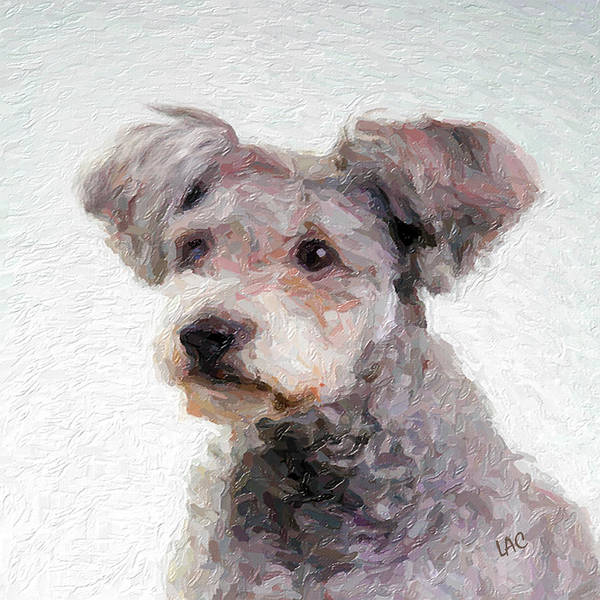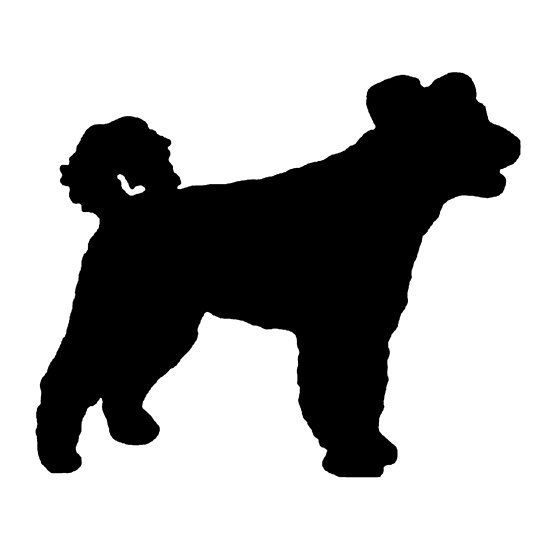
By and large, most dogs have around eighteen muscles in each ear, though it varies from breed to breed. This is why dogs can rotate, tilt, raise and lower their ears, each ear independently of the other. Curiously, the same ears that can suddenly stop working when it’s time to jump in the car to go to the vet can also hear the unwrapping of a bag of chips from another room.
In another house.
In another state.

Some breeds have epic ears, which is to say that one notices the ears almost before anything else, and certainly the Pumi is such a breed. Not surprisingly, the Pumi Club of America’s Illustrated Standard refers to the ears as the “hallmark” of the breed, and inasmuch as some might joke about a Pumi’s radar capabilities, those who own certain breeds in which ears need to stand up may have a tinge of “ear envy” upon reading that nothing is done to a Pumi’s ears for them to stand up or tip correctly. There is no gluing or taping.
The breed standard is very clear that Pumi ears are set on high, and carried two-thirds erect with the tips pointing somewhat towards the sides. Half-erect is acceptable, as is three-quarters erect, but two-thirds erect is ideal, and this image shows the differences between the three.
In an AKC Judges Newsletter from 2016, we read that the Pumi standard on ears is based on the Sheltie standard, “with a few significant changes,” namely, where the Sheltie ear is three‐quarters erect, the Pumi is two‐thirds, and the ears should point somewhat to the sides, not forward as on a Sheltie. From the Pumi standard: Ears are set on high, of medium size, and carried two-thirds erect with the tips pointing somewhat towards the sides. The ears are covered with hair, enhancing their whimsical expression. The ears are mobile and alert, moving quickly in reaction to any stimulation. Disqualifications: Ears prick or hanging.” The ears are also set slightly lower than a Sheltie’s, nor is there a fold or crease in the ear, but a gentle curving.
This isn’t to suggest there is never any angst about a Pumi pup’s ears. The Pumi Club of America mentions that as puppies grow, their ears can seemingly morph through all shapes and sizes, and most of the time, an owner shouldn’t fret if the pup’s ears are straight up one week, hanging down another, or folding (at the ear break) differently, particularly when teething. The club helpfully offers a video on how to massage the ear leather for owners who think their youngster needs a better fold:
The importance of the ears in the breed can been seen in their impact on breed type, namely, the outline. Certainly, more is involved in breed type than ears, but as we’re focused on ears, consider the silhouette below, and imagine the dog with low set ears. It’s not the same, is it.

Another thing to consider about Pumi ears requires us to look at them from a different perspective: They can be misleading.
As much as these “radar ears” make the dog look like a cute, cuddly plush toy, the Pumi is a serious working breed. The owner who fails to integrate their Pumi into the family, or who can’t stay one step ahead of this intelligent and athletic breed is a poor fit for the breed. Pumik are cuddly, to be sure, but they are extremely intelligent and need to have their minds stimulated, and their bodies exercised.
It’s been written that a Pumi’s connection to its family is uncanny, but bonding would be difficult for the Pumi who was acquired simply because his ears were cute while his other needs are overlooked. The Pumi’s “koala bear cute” is a skin suit covering a keen mind and strong work ethic. The breed is a marvel for the person who understand it, but a loss for the Pumi whose owner doesn’t.
Image: Tibor, a Hungarian Pumi by Doggy Lips is available for purchase as fine art, and as home decor and lifestyle items here
